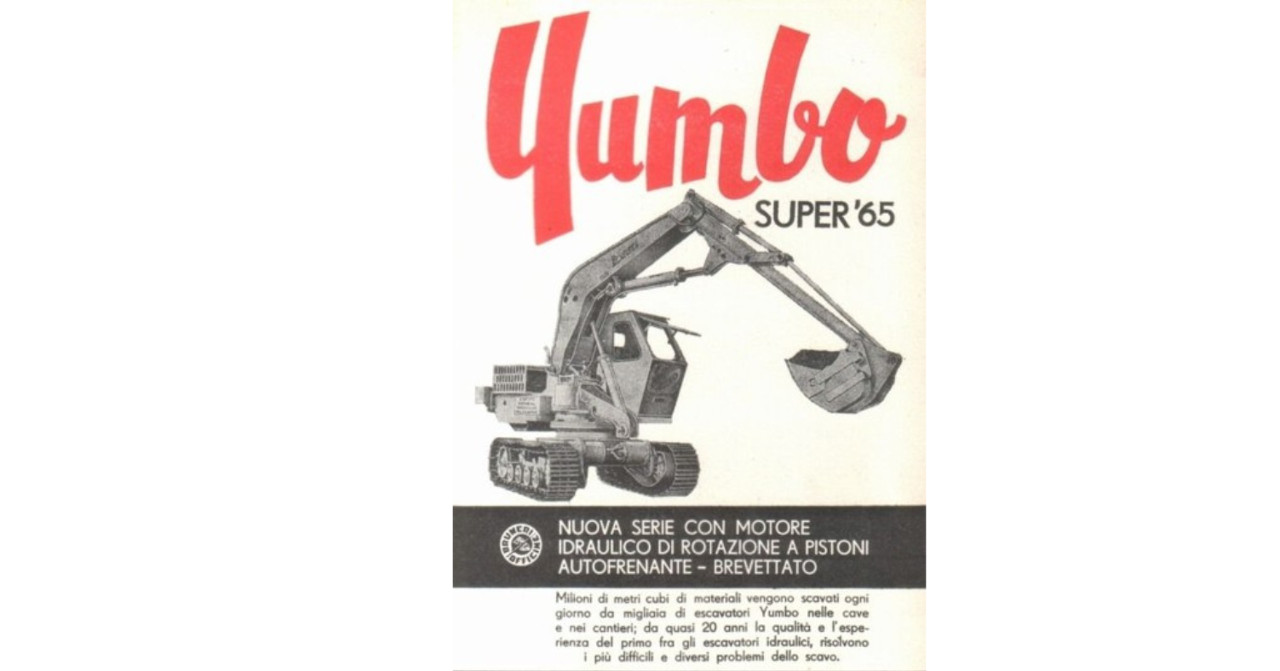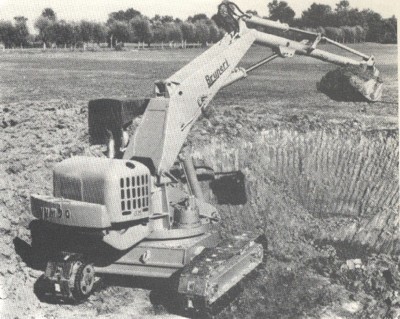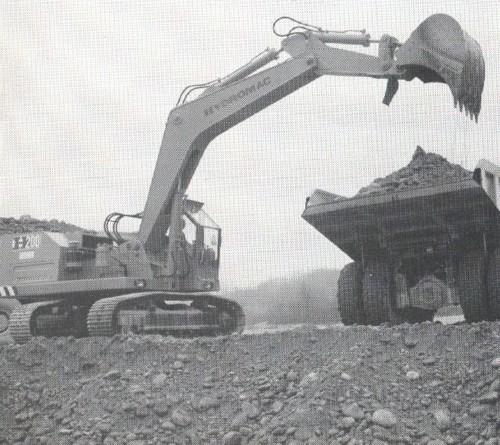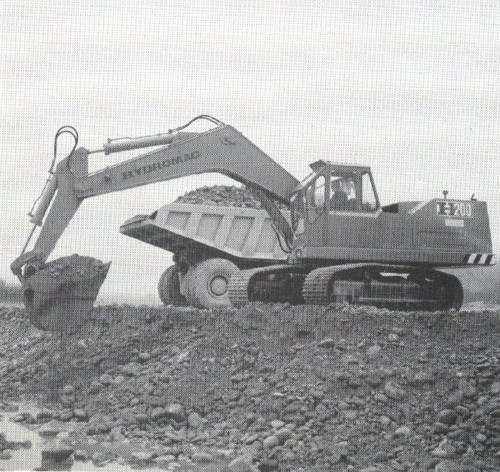The World's First Hydraulic Excavator: The Italian Invention that Revolutionized Construction

In the panorama of great inventions that have transformed the global construction industry, an Italian story stands out for its revolutionary importance: the birth of the first fully hydraulic excavator. This innovation, born in the suburbs of Turin in the post-war period, literally changed the way of building and excavating worldwide, laying the foundations for the modern earthmoving machines we know today.
The Legacy of the Bruneri Brothers: Pioneers of Innovation
The story begins in 1930, when brothers Carlo and Mario Bruneri started their business in the suburbs of Turin, initially specializing in the repair and manufacture of tipper trucks and tractors. Mario Bruneri, born in 1908, had begun his career as an automobile and truck mechanic, while together with his brother Carlo and father managed a workshop that had evolved from bicycle repair to maintenance of increasingly complex vehicles.
The brilliant intuition came in 1948, in the midst of post-war economic and industrial recovery, when the brothers designed and built the first prototype excavator with hydraulic pump and jacks. This moment represents a historic turning point in world mechanical engineering.
The Patent that Changed History
September 1951 marks a fundamental date in the history of earthmoving machines: the invention patent for what is universally recognized as the world's first hydraulic excavator is awarded to "Ditta Carlo e Mario Bruneri fratelli a Torino".
The Technological Revolution
The Bruneri brothers' innovation was radical. While the front-loading shovels of the era used traditional cable movement, resulting in slow, tiring and "cumbersome" operation, the new Bruneri hydraulic prototype completely eliminated:
- Mechanical clutches and brakes
- Winches and cable drums
- Steel cables
- Reversal boxes
- Complex transmission systems
The result was a machine that was significantly lighter, more streamlined, more cost-effective in terms of production costs and undoubtedly more performing than its mechanical predecessor. Wear management also improved significantly, adding another fundamental competitive advantage.
Global Expansion: From Italian Rejection to International Success
Paradoxically, while the Italian market showed little inclination for engineering innovations, the rest of the world immediately recognized the value of the Turin invention. In 1954, the French company Sicam obtained the patent from the Bruneri brothers, beginning commercialization in France of the 100% hydraulic excavator under the "Yumbo" brand.
The Conquest of World Markets
The success was extraordinary and immediate. The Bruneri hydraulic excavator was produced in various countries by prestigious companies:
- Drott in the United States
- Mitsubishi in Japan
- Priestman in England
- Tusa in Spain
In 1963, the Bruneri brothers reached the historic milestone of 1,000 hydraulic excavators produced in their plants, contributing significantly to the worldwide spread of hydraulic technology applied to earthmoving machines.
The Division and Industrial Legacy
In 1965, the Bruneri brothers decided to end their collaboration, giving birth to two distinct companies that would mark the history of earthmoving machines:
SIMIT, founded by Mario Bruneri, distinguished itself for the high quality of products and revolutionary technical innovations, such as the famous arm with positioning cylinder. In 1969 it was acquired by the Fiat group.
Hydromac, created by Carlo Bruneri in San Mauro Torinese, had significant commercial expansion with a very wide range that included both tracked and wheeled models. At its peak it produced over 700 units per year.
Technological Evolution: From Iron to Rubber Tracks
The first Bruneri excavators were equipped with tires and iron tracks, appropriate technology for the era and intended applications. Only with the years and new engineering studies, modern manufacturers introduced mini excavators with rubber tracks, much smaller and more practical machines, ideal for small construction sites and residential areas.
This evolution has led to extraordinary developments in the sector, with increasingly compact and versatile mini excavators. To explore this topic further, we invite you to read our article on the smallest mini excavator in Europe and on new ecological technologies applied to mini excavators with rubber tracks, which show how innovation continues to transform the earthmoving machinery sector.
The Historical Context of Previous Inventions
To fully understand the scope of the Bruneri innovation, it's important to remember that the history of excavators begins much earlier. The first steam excavator was developed in 1796 by Scottish inventor James Watt and English entrepreneur Matthew Boulton, while the first specific patent for a steam excavator is the work of American railroad engineer William Smith Otis between 1833 and 1835.
In 1897, the Kilgore Machine Co. of Minneapolis patented a steam excavator controlled by a hydraulic system, but it was only with the Bruneri brothers' intuition that a completely hydraulic excavator was achieved, definitively eliminating mechanical cable systems.
The Contemporary Legacy
Today, the legacy of the Bruneri brothers lives not only in museums and engineering history books, but especially in the modern earthmoving machines that operate daily on construction sites around the world. Every hydraulic excavator, from the smallest mini excavator to the largest mining colossus, carries within it the DNA of Turin innovation from 1948.
The lesson of the Bruneri brothers remains current: technological innovation is born from the ability to imagine better solutions to existing problems. Their intuition to replace complex mechanical systems with the elegance of hydraulics opened the way to decades of progress in the construction sector, demonstrating how Italian ingenuity continues to be a world protagonist in industrial innovation.
On the occasion of world historic motoring day, we want to offer you some photographs of vintage Bruneri and Hydromac wheeled and tracked construction vehicles:
 |
 |
 |
 |
Sources
